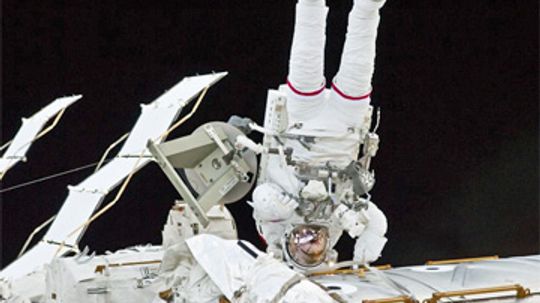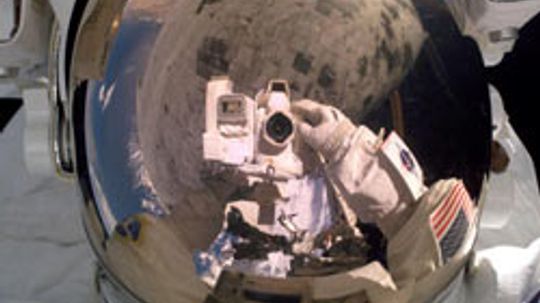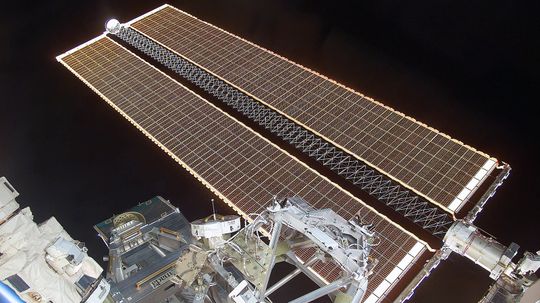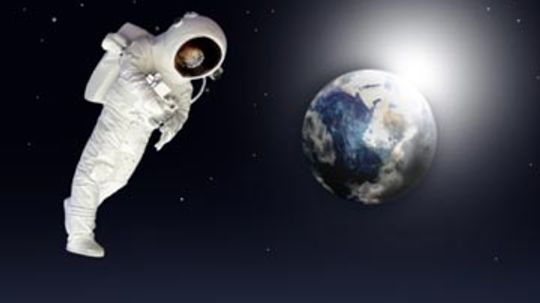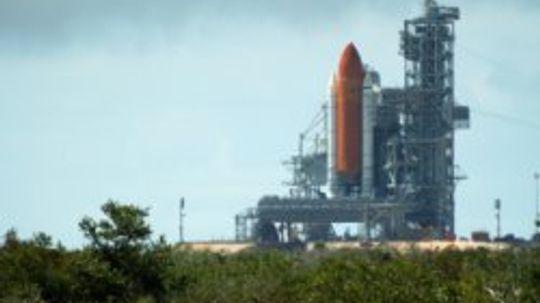NASA Inventions
From medical breakthroughs to innovations in golf ball design, many of the inventions developed by NASA for use in space exploration have touched our lives on Earth. In this section, learn about the surprisingly wide variety of NASA inventions.
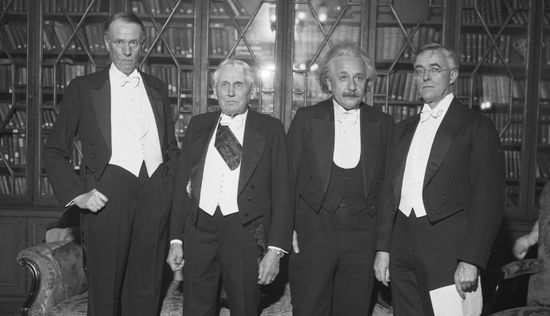
10 Nobel Laureates Whose Work Changed the World
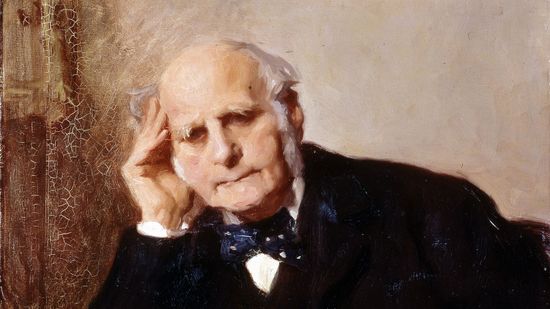
Eugenics Overshadows the Legacy of Scientific Genius Francis Galton
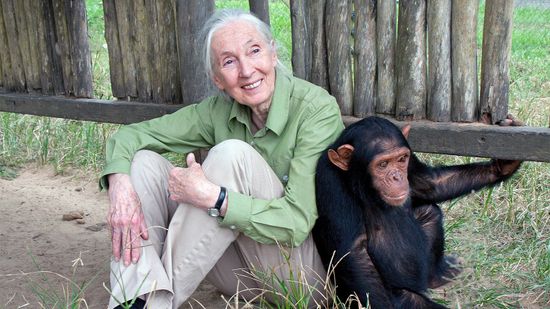
Jane Goodall: A Global Face for Global Peace
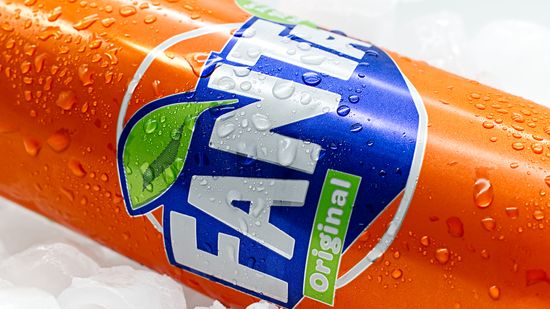
Who Made Fanta? Was It Really the Nazis' Favorite Soda?

'Mad Honey' Comes From Bees That Gather This Specific Nectar

Barrels and Barrels of Aged Beer
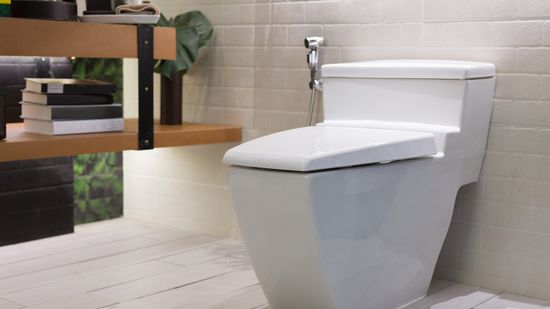
Who Invented the Toilet? A Brief History of the Flush
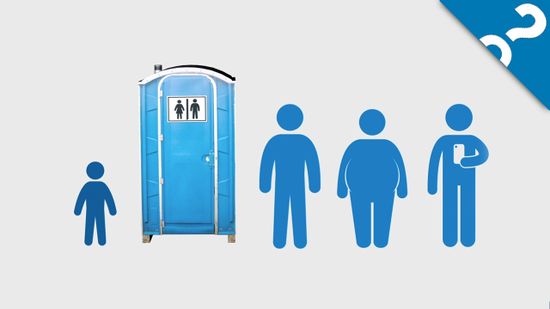
HowStuffWorks: How Porta Potties Work
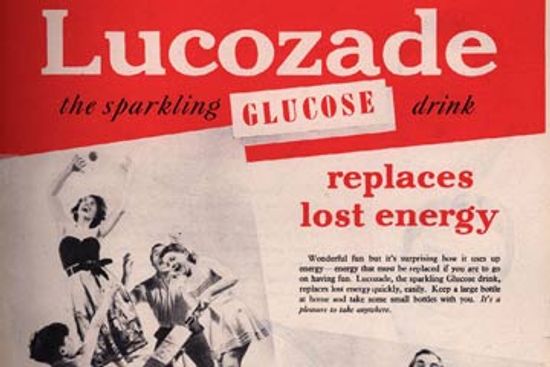
Who invented sports drinks?

Meet the Man Who Invented Cool Whip, Tang and Pop Rocks
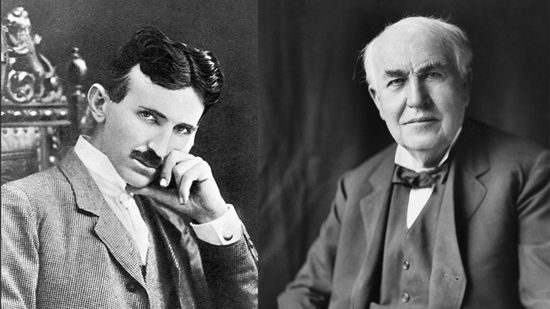
Thomas Edison vs. Nikola Tesla Quiz
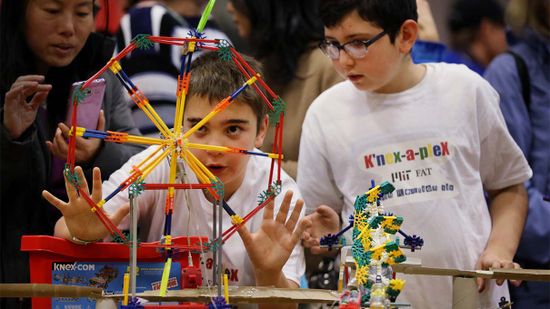
Rube Goldberg: The Man Behind the Ingenious Contraptions
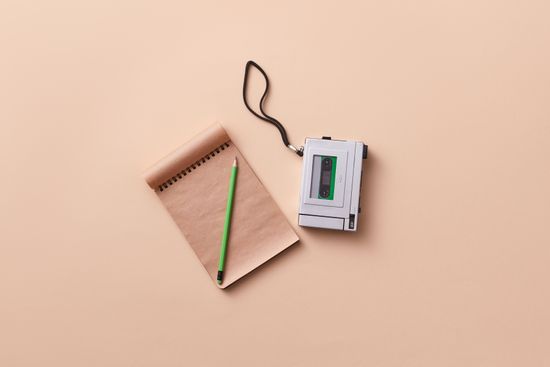
The Evolution of Dictaphones: A Comprehensive History
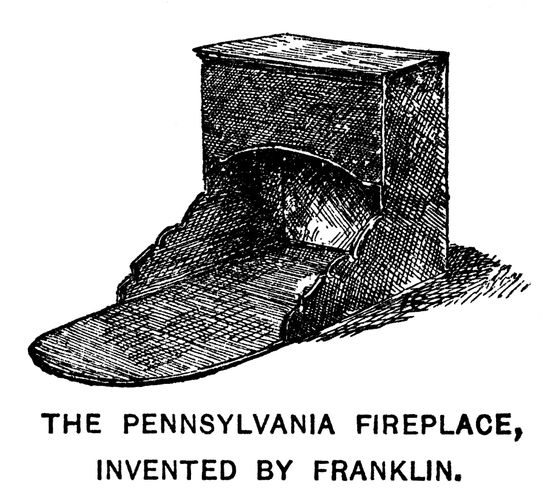
The Evolution of the Franklin Stove: From Invention to Modern Efficiency
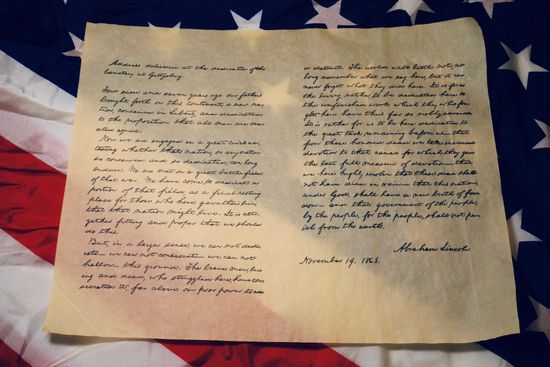
The Fascinating History of the Mimeograph Machine

How hard is the patent application process?

How to File a Patent
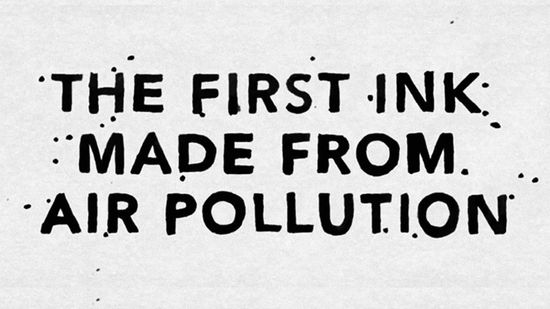
Turning Air Pollution Into Ink

10 New Uses for Old Inventions

How Do QR Codes Work? 2D Barcodes Explained
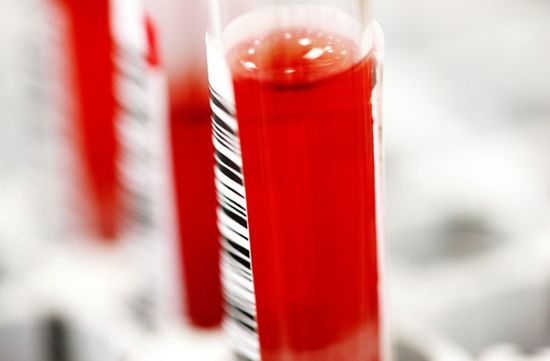
How can a bar code save your life?
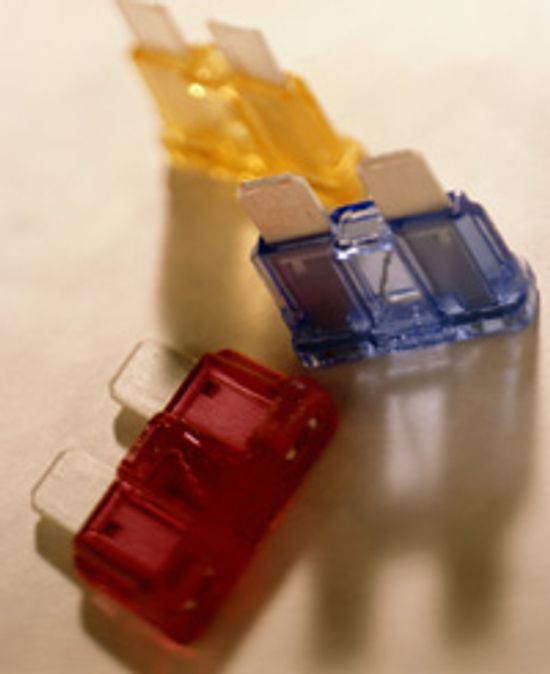
Is it possible to fix a blown fuse with a chewing gum wrapper?
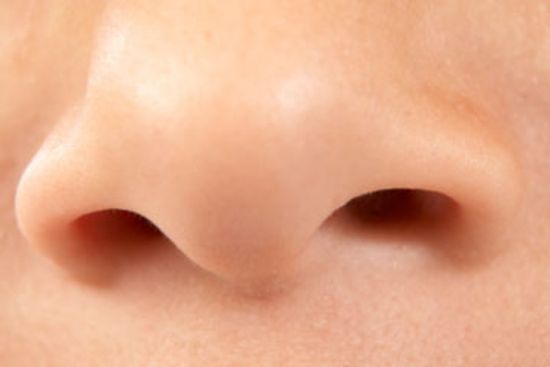
How do scratch-and-sniff stickers work?

10 Oddball Questions Scientists Have Genuinely Tried to Answer

Why does a balloon stick to hair?
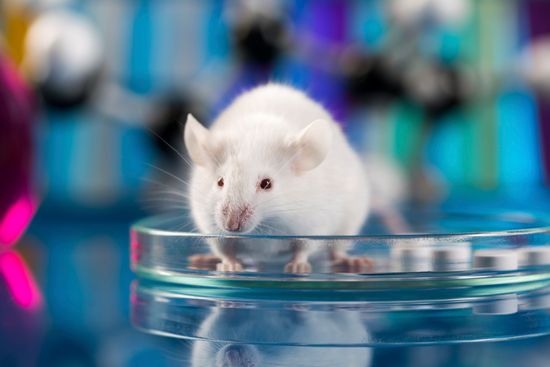
Why Do We Experiment on Mice?
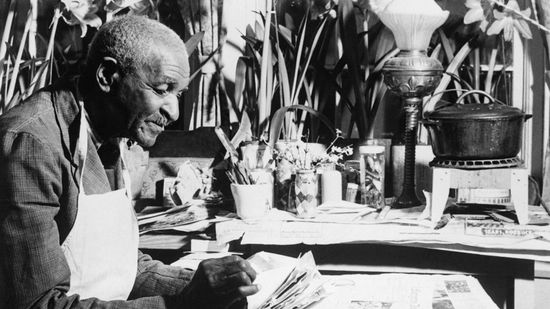
10 Black Scientists You Should Know
Learn More
Until a certain female NASA mission specialist unwittingly propelled adult diapers into the media spotlight, we never gave this question much thought. How else has the space agency changed the business of elimination?
Want to see some cool NASA technology? Just look up. No, you don't need a telescope, but you might want to use a ladder. Not only has the space agency sent Americans to the moon, but it helped put some useful gear into your attic, as well.
By Sara Novak
NASA has worked with some of the most high-tech substances in modern history, including plastic, polymers and resins. But the organization has worked with plants, too -- all for better air and water quality.
Advertisement
NASA space helmets are nifty devices that allow astronauts to operate in the hostile environment of space, but did you know that the technology behind them has also directly benefitted eyeballs here on Earth? Learn more about NASA and optics.
You probably think of NASA as that government agency that feeds us a regular diet of mind-blowing pictures of distant nebulae. But did you know that NASA's technology also helps firefighters protect your house and your family's lives every day?
By Craig Haggit
Solar energy is an up-and-coming field, but did you know that it owes much of its growth to NASA? Discover how NASA's research and development of solar power for space has trickled down to the Earthly realm.
If you thought that all NASA did was send shuttles into space, prepare to think again. Whether in the doctor's office, hospital or home medicine cabinet, you probably don't go a day without bumping into some NASA technology.
Advertisement
You might be familiar with space blankets -- those lightweight blankets worn by marathon runners or spectators in a football stadium. The technology was invented by NASA and is just one spinoff in the area of insulation. What are some others?
By John Kelly
NASA's technological innovations haven't just gotten us to the moon and beyond -- some have also helped make life a little greener here on Earth. What are five surprisingly grounded technologies spearheaded by NASA?
